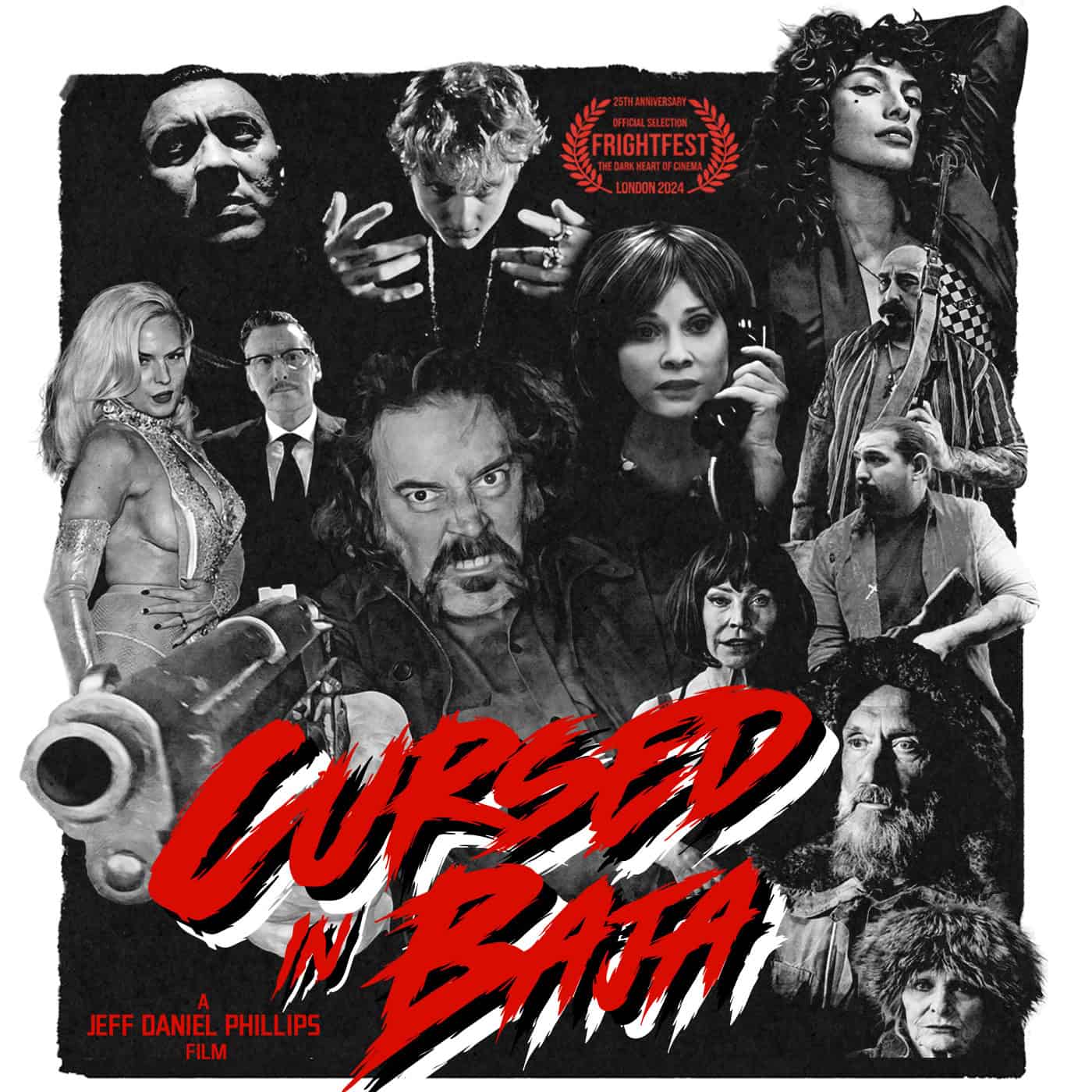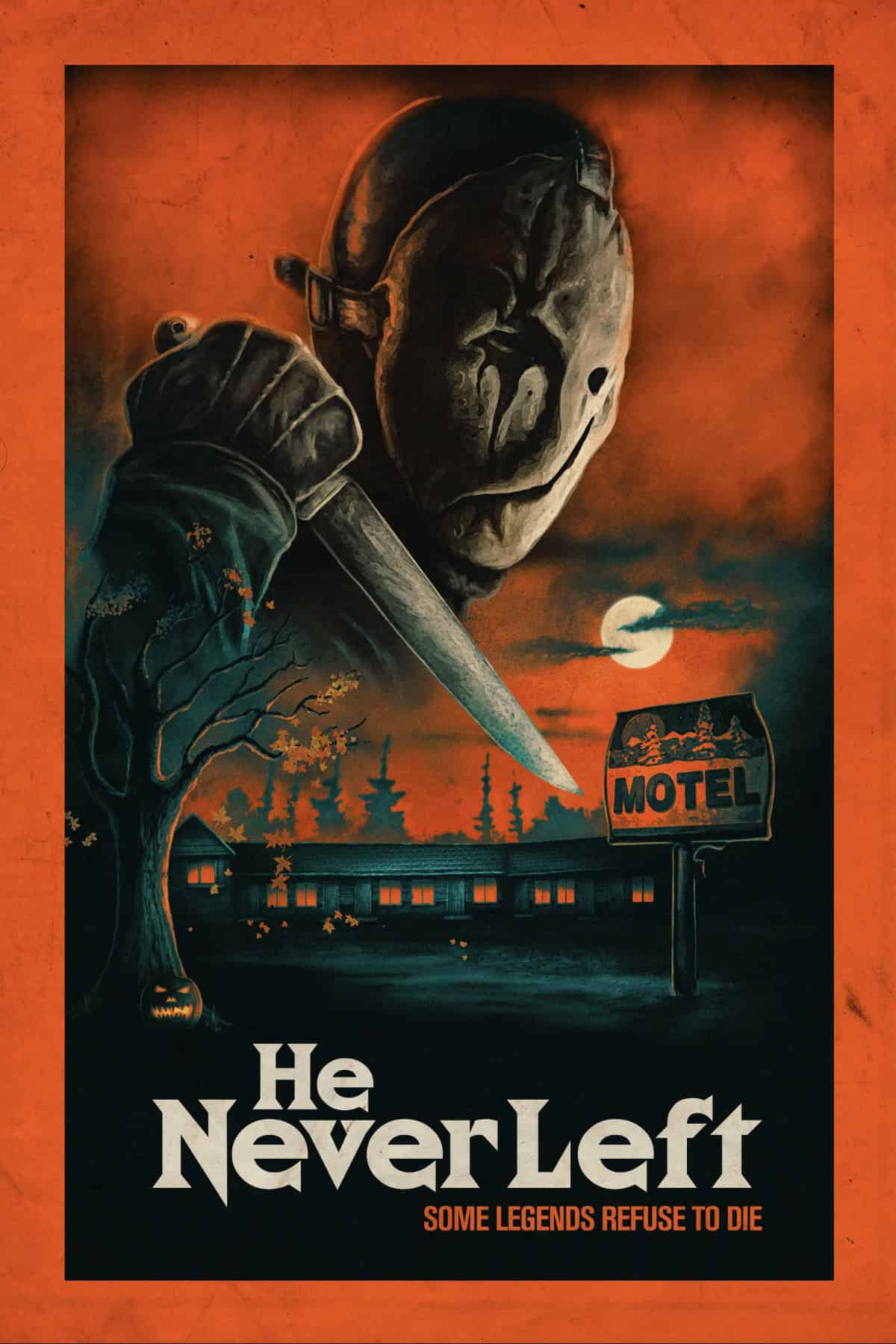Martin Scorsese’s Bringing Out the Dead has long been overshadowed by his other masterpieces. Sandwiched between Casino (1995) and Gangs of New York (2002), this 1999 existential ride through the streets of New York City didn’t get the love it deserved. Critics gave it a nod, but audiences weren’t ready. Or maybe it was too bleak. Or too darkly comic. Or, frankly, too weird.
But thanks to the Paramount Presents 4K UHD release, we’re finally getting a version of Bringing Out the Dead that does justice to its wild visuals, frantic energy, and one of Nicolas Cage’s most underappreciated performances. Now, with a pristine 4K restoration, this film might finally find the audience it’s been waiting for.
This review isn’t just a technical breakdown of the 4K UHD release—although, spoiler alert, it’s absolutely gorgeous. We’re also going to dive into the heart of this underappreciated gem, the performances, Scorsese’s kinetic direction, and the existential themes that make Bringing Out the Dead a film worth rediscovering.
Table of Contents
![Bringing Out The Dead (1999) [4K UHD Review] 20 Bringing Out The Dead (1999) [4K UHD Review] 19](https://andersonvision.com/wp-content/uploads/2024/09/bringing-out-the-dead-4k-3-scaled.jpg)
Paul Schrader only makes movies about people’s poor work-life balances
Set over three nights, Bringing Out the Dead plunges viewers into the crumbling psyche of Frank Pierce (Nicolas Cage), a burned-out paramedic working the graveyard shift in the heart of Hell’s Kitchen. Frank is a man haunted—literally and figuratively. He sees the faces of people he couldn’t save, most notably a young girl named Rose, whose death haunts his every move. He’s lost in his own private purgatory, where every siren wail signals another round of trauma.
The narrative is loosely structured, more of a fever dream than a traditional plot. Each night, Frank partners with a different colleague, each with their own methods of coping with the madness of their profession:
- Larry (John Goodman) is the big, affable guy who gets through the night by obsessing over his next meal.
- Marcus (Ving Rhames) is the born-again Christian who uses his faith as a shield from the misery.
- Tom Walls (Tom Sizemore) is the loose cannon who embraces chaos, using violence and dark humor to keep his demons at bay.
At the center of Frank’s journey is Mary Burke (Patricia Arquette), the daughter of a man Frank and Larry bring back to life in the opening moments of the film. As her father lies in a coma, Mary’s own struggles with addiction and grief parallel Frank’s descent into despair. Their connection, though tenuous, offers Frank a brief glimmer of hope.
![Bringing Out The Dead (1999) [4K UHD Review] 22 Bringing Out The Dead (1999) [4K UHD Review] 21](https://andersonvision.com/wp-content/uploads/2024/09/bringing-out-the-dead-4k-1-scaled.jpg)
Nicolas Cage is really something when he tries
Let’s be real: 1999-era Nicolas Cage was on a different level. Fresh off his action-hero run with films like Face/Off (1997) and Con Air (1997), Cage slipped back into a role that allowed him to showcase the kind of raw intensity he brought to Leaving Las Vegas (1995). As Frank Pierce, Cage is both manic and hauntingly subdued, balancing the constant threat of an emotional breakdown with moments of unnerving calm.
Cage’s portrayal of Frank is what makes the film work. He embodies the weariness of a man who’s seen too much but can’t walk away. His eyes are perpetually hollow, his energy constantly teetering on the edge of collapse. It’s a performance filled with explosive moments—think Cage screaming into the void during a near-fatal ambulance ride—but it’s the quiet, reflective scenes that linger. There’s a subtlety in Frank’s desperation, an internal storm that Cage portrays with eerie accuracy.
![Bringing Out The Dead (1999) [4K UHD Review] 24 Bringing Out The Dead (1999) [4K UHD Review] 23](https://andersonvision.com/wp-content/uploads/2024/09/bringing-out-the-dead-4k-2-scaled.jpg)
Taxi Driver for the Must-See TV era
Bringing Out the Dead is a spiritual cousin to Taxi Driver in more ways than one. Both films explore the mental breakdown of a man who’s been pushed too far by the violence and decay around him. But while Travis Bickle sought redemption through violent purification, Frank Pierce seeks absolution through the act of saving lives—though he’s constantly reminded of those he couldn’t save.
![Bringing Out The Dead (1999) [4K UHD Review] 26 Bringing Out The Dead (1999) [4K UHD Review] 25](https://andersonvision.com/wp-content/uploads/2024/09/bringing-out-the-dead-4k-15-scaled.jpg)
Scorsese is the greatest living American director….fight me on it
Martin Scorsese’s direction in Bringing Out the Dead is nothing short of electric. It’s a film that never slows down, reflecting the manic energy of Frank’s deteriorating mind. From the moment we’re thrown into the back of the ambulance, the film hits the gas and never lets up.
The frenetic pacing is matched by Scorsese’s use of extreme close-ups, rapid cuts, and disorienting camera angles. Thelma Schoonmaker’s editing is sharp and relentless, making the audience feel the same sense of exhaustion and confusion that Frank does. It’s a sensory overload that perfectly mirrors the chaos of Frank’s life.
But amidst the chaos, Scorsese finds moments of quiet beauty. There are scenes where Frank reflects on his past, his failures, and his need for redemption, and Scorsese slows the pace to let us sink into Frank’s despair. These moments are punctuated by Robert Richardson’s brilliant cinematography, which uses harsh neon lighting and deep shadows to create a visual representation of Frank’s fractured psyche.
Scorsese has always been a master at balancing the grotesque with the sublime, and Bringing Out the Dead is a prime example of this talent. It’s a film that feels simultaneously gritty and ethereal, pulling the audience into a world that’s both hyper-realistic and nightmarishly surreal.
![Bringing Out The Dead (1999) [4K UHD Review] 28 Bringing Out The Dead (1999) [4K UHD Review] 27](https://andersonvision.com/wp-content/uploads/2024/09/bringing-out-the-dead-4k-8-scaled.jpg)
I still remember seeing this one in 1999
When Bringing Out the Dead was released in 1999, it was met with mixed reviews and lukewarm box office returns. Critics appreciated the performances and Scorsese’s direction, but many found the film too bleak, too chaotic, and too disjointed to resonate with mainstream audiences. It was a film out of step with the late-90s zeitgeist—a time when audiences were craving escapism rather than introspection.
But in the years since its release, Bringing Out the Dead has found a second life. Its themes of mental health, burnout, and existential despair have only grown more relevant in today’s world, where discussions around trauma and the psychological toll of caregiving have become more prominent. Frank Pierce’s struggle is one that many first responders can relate to, making the film feel ahead of its time in its exploration of these issues.
Today, Bringing Out the Dead is often cited as one of Scorsese’s most underrated films. It’s a film that demands to be rewatched, re-evaluated, and rediscovered. And with the Paramount Presents 4K UHD release, there’s no better time to do just that.
![Bringing Out The Dead (1999) [4K UHD Review] 30 Bringing Out The Dead (1999) [4K UHD Review] 29](https://andersonvision.com/wp-content/uploads/2024/09/bringing-out-the-dead-4k-6-scaled.jpg)
Let’s talk about Bringing Out the Dead’s 4K Debut
The Paramount Presents 4K UHD release of Bringing Out the Dead is nothing short of a revelation. For a film that relies so heavily on its visual and auditory impact, this 4K restoration is the definitive way to experience it. From the neon-drenched streets of Hell’s Kitchen to the claustrophobic confines of Frank’s ambulance, the 4K transfer brings out details that were lost in previous home video versions.
Visuals
The 4K UHD transfer is sourced from a 4K scan of the original camera negatives, and the results are stunning. Robert Richardson’s cinematography—known for its stark contrasts and bold lighting choices—pops in this new format. The neon lights of New York are more vivid, the shadows are deeper, and the overall image is sharper than ever before. It’s like watching the film for the first time.
One of the most impressive aspects of the 4K transfer is how well it handles the film’s darker scenes. Many of the film’s most intense moments take place at night or in dimly lit interiors, and previous releases often struggled with grain and compression artifacts. The 4K transfer eliminates these issues, providing a crystal-clear image that enhances the film’s visual storytelling.
Audio
The Dolby Atmos sound mix is equally impressive. Bringing Out the Dead is a film that thrives on its chaotic soundscape—the blaring sirens, the frantic dialogue, and the haunting music all play a crucial role in building tension. The new audio mix immerses the viewer in Frank’s world, making the city feel even more alive and oppressive.
The film’s eclectic soundtrack, featuring artists like The Clash and Van Morrison, sounds incredible in the new mix. The music feels more integrated into the film’s fabric, enhancing the emotional weight of key scenes without overpowering the dialogue.
Special Features: Behind the Madness
The Paramount Presents 4K UHD release includes a variety of special features that provide valuable insight into the making of the film. While the features aren’t as extensive as some fans might hope, they offer a deeper understanding of the creative process behind Bringing Out the Dead.
Featurettes
The release includes several featurettes that explore different aspects of the production, including interviews with Martin Scorsese, Nicolas Cage, and Patricia Arquette. These interviews provide fascinating insights into how the cast and crew approached the film’s intense subject matter.
![Bringing Out The Dead (1999) [4K UHD Review] 32 Bringing Out The Dead (1999) [4K UHD Review] 31](https://andersonvision.com/wp-content/uploads/2024/09/bringing-out-the-dead-4k-9-scaled.jpg)
Some final thoughts
Bringing Out the Dead is a film that defies easy categorization. It’s a dark comedy, a psychological drama, and an existential horror story all rolled into one. It’s a film that’s as messy and chaotic as the world it portrays, but that’s what makes it so brilliant.
With the Paramount Presents 4K UHD release, Bringing Out the Dead has been given the treatment it deserves. The stunning visuals, immersive audio, and insightful special features make this the definitive version of Scorsese’s most underrated masterpiece. If you haven’t seen it—or if it’s been a while since you last watched it—there’s no better time to dive back into the madness.
![Bringing Out The Dead (1999) [4K UHD Review] 2 Bringing Out The Dead (1999) [4K UHD Review] 1](https://andersonvision.com/wp-content/uploads/2024/09/bringing-out-the-dead-4k-1-1-scaled.jpg)

